A prison program is granting Texas‘ most hardened criminals ‘recreational time’ for limited time periods each day.
Death row inmates are being offered a rare set of privileges, allowing a select group of well-behaved prisoners to spend several hours a day outside their cells.
The program’s allowances includes communal meals, TV time, prayer circles and – for the first time in decades – direct human contact.
The change marks a sharp departure from decades of extreme isolation that made Texas’ death row one of the harshest in the nation.
Rodolfo ‘Rudy’ Alvarez Medrano was one of about a dozen men allowed out of solitary confinement.
For the first time in 20 years, he was allowed to step out of his death row cell at the the Allan B. Polunsky Unit in West Livingston without handcuffs.
Before the ‘life-altering’ new program, Medrano, 45, had lived in isolation at least 22 hours a day, he told the Houston Chronicle.
‘All of these changes have given guys hope,’ he revealed.
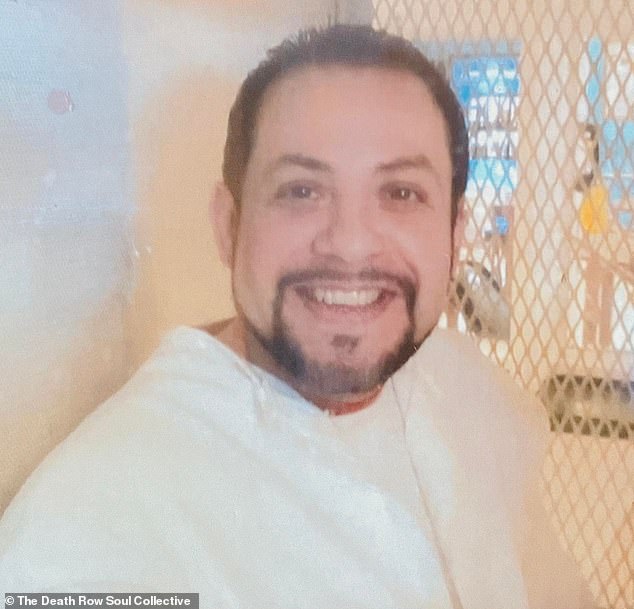
Rodolfo ‘Rudy’ Alvarez Medrano, 45, is one of about a dozen inmates chosen for a groundbreaking pilot program that allows select death row prisoners to spend several hours a day outside solitary confinement

The program, offered at the Allan B. Polunsky Unit in West Livingston, provides a rare set of privileges including communal meals, TV time, prayer circles and – for the first time in decades – direct human contact
The ‘all-day isolation’ has been the norm in the Lone Star State ever since a daring death row escape in 1998 prompted prison officials to move death row to a newer prison in Livingston.
Following the attempted escape, restraints were tightened and inmates were thrown into solitary, lost their prison jobs and their access to rehabilitative programs was eliminated.
Then just 26 years old, Medrano was sentenced to death in 2005 under the state’s controversial ‘law of parties’ – a controversial Texas law that holds everyone involved in a crime equally responsible for its outcome – for supplying weapons used in a deadly robbery.
Following his sentence – like the roughly 150 other men on death row at Polunsky – he lived alone in a small cell with no physical contact and little opportunity for rehabilitation.
‘I would rather be in a barn with farm animals than the way it was here,’ Medrano said. ‘It was just dark.’
The pilot recreation program was launched under former warden Daniel Dickerson, who believed offering basic privileges to well-behaved inmates could improve conditions for both prisoners and staff.
‘It’s definitely helped give them something to look forward to,’ Dickerson said. ‘All it takes is one bad event, and that could shut it down for a long time. And they understand that.’
In the 18 months since the program began, officials say there have been no fights, no drug seizures, and no incidents requiring disciplinary action – an impressive record in a prison system struggling elsewhere with contraband and violence.
Since its rollout staff have also reported fewer mental health breakdowns and better working conditions.
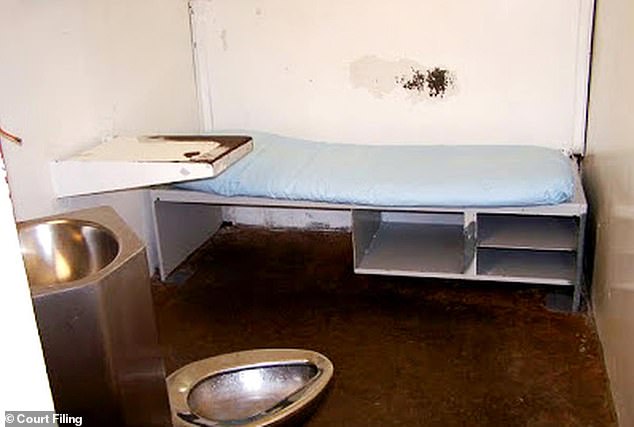
The change marks a sharp departure from decades of extreme isolation that made Texas’ death row one of the harshest in the nation. Pictured: Cells in the death row section of the Polunsky Unit contain only a sink, a toilet, a thin mattress and a small window
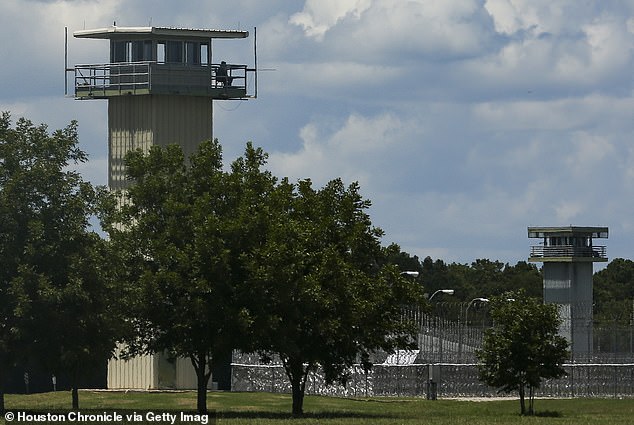
The ‘all-day isolation’ has been the norm in the Lone Star State ever since a daring death row escape in 1998 prompted prison officials to move death row to a newer prison in Livingston (pictured)

Then just 26 years old, Medrano (pictured at 26) was sentenced to death in 2005 under the state’s controversial ‘law of parties’ for supplying weapons used in a deadly robbery
‘Would you rather work with people who are treating you with respect, or who are yelling and screaming at you every time you walk in?’ Amanda Hernandez, a spokesperson for the Texas Department of Criminal Justice, said. ‘It’s a no-brainer.’
Prisoners in the program can now spend time in a shared dayroom without shackles, talk face-to-face instead of through vents, and even join hands for daily prayer.
On Sundays the small group even joins together for church services, while some play board games and others clean the common area or watch TV together.
For many, it’s their first experience of social interaction in decades.
The shift follows a broader national trend away from automatic solitary confinement for death row inmates.
Over the past decade, states including Louisiana, Pennsylvania, Arizona, and South Carolina have loosened death row restrictions.
California is also reportedly dismantling death row entirely, integrating prisoners into the general population.
Meanwhile, in Texas, lawsuits and mounting public pressure are forcing state officials to revisit the long-standing isolation regime.
A federal lawsuit filed in early 2023 by four Texas death row inmates alleges unconstitutional conditions, citing mold, insect infestation and decades of isolation.
Attorneys argue that long-term solitary confinement exacerbates mental illness and violates international human rights standards.
‘There’s a reason that even short periods of solitary confinement are considered torture under international human rights conventions,’ Catherine Bratic, one of the plaintiffs’ attorneys, told the Houston Chronicle.
Research shows long-term isolation increases the risks of paranoia, memory loss, and psychosis, the Chronicle reported.
One study cited by University of California psychology professor Craig Haney found that inmates held in extreme isolation have a higher risk of suicide and premature death.
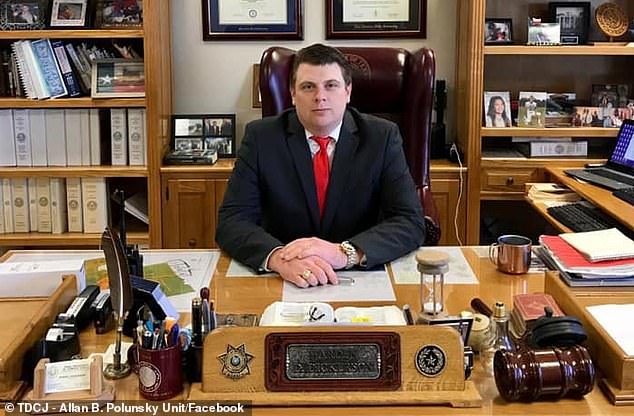
The pilot recreation program, not previously disclosed to the public, was launched under former warden Daniel Dickerson (pictured), who believed offering basic privileges to well-behaved inmates could improve conditions for both prisoners and staff
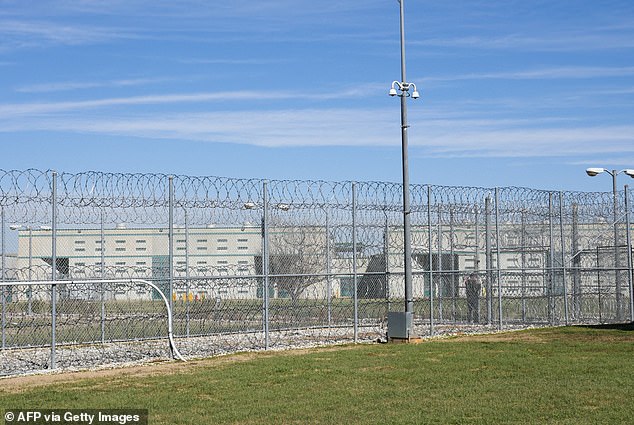
In the 18 months since the program began, officials say there have been no fights, no drug seizures, and no incidents requiring disciplinary action – an impressive record in a prison system struggling elsewhere with contraband and violence. Pictured: The Allan B. Polunsky Unit, which houses over 169 men on Texas’ death row
Now, inmates say the new privileges have had a visible impact on mental health.
‘It made me feel a little bit human again after all these years,’ death row inmate Robert Roberson, said.
But the program’s future is uncertain. A second group recreation pod opened briefly earlier this year, only to be shut down without explanation. The department confirmed it intends to move forward, but gave no timeline.
For now, Medrano remains one of the few prisoners experiencing a version of community inside one of the country’s most isolated prison systems.
These days, when he steps out of his cell, his hands are usually full – carrying a Bible, hymn sheets, or snacks for the group.
‘It’s definitely helped give them something to look forward to,’ Dickerson said.
‘All it takes is one bad event, and that could shut it down for a long time. And they understand that because they’ve been behind those doors for so long – they know what they have to lose probably more than anybody else.’












